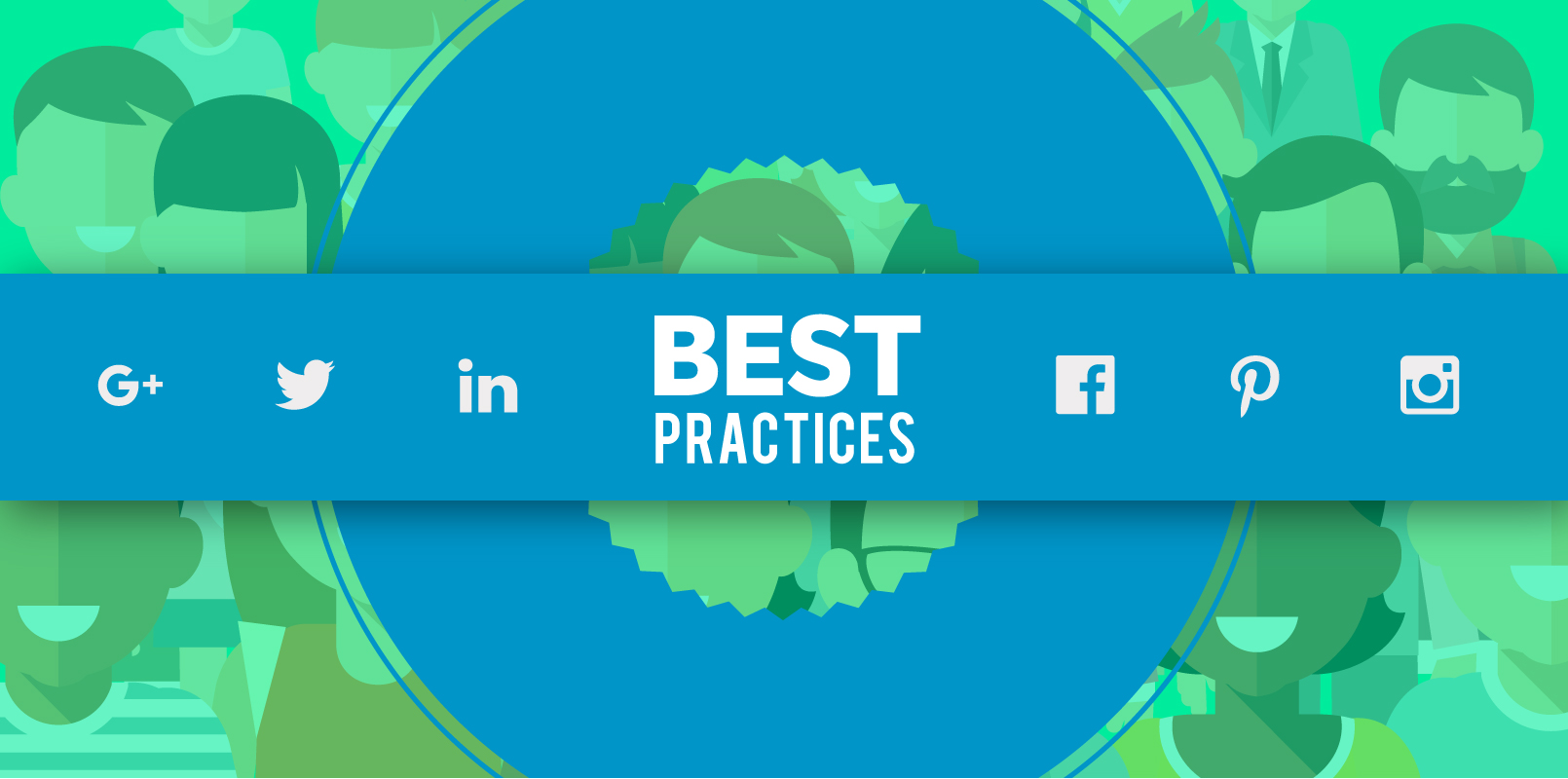



Mobile has created so many ways for consumers to communicate and engage with restaurants, fitness centers and salons. As a franchisee, it’s essential for your business’s growth to take advantage of all the social tools at your disposal.
We’ve had the opportunity to observe some of the highest performing franchise owners consistently attract new customers by building incredibly devoted online communities. Analyzing our clients’ successes, we’ve been able to establish best practices for building a robust social media strategy for franchise brands.
Benefits of leveraging your social media channels:

Franchisees depend on platforms like Facebook, Google and Instagram to build and engage local communities. As a franchise owner, you’re considering a variation of products/services, pricing, promotions, events and holidays, all of which necessitate a high degree of oversight. Each of these elements should be communicated and promoted to your customers in the most strategic manner across your social media channels.
You can achieve these results by following some fairly simple best practices.
It’s crucial to set up social media guidelines and stick to them. It goes without saying that they should align with those provided by your corporate brand, but more importantly they need to be locally relevant. The more you incorporate local knowledge, local weather, community demographics and local customer habits, the more you’ll resonate with your audience.
Understanding the demographics and habits of your customers will allow you to select when, what and on which platform to post. For instance, if you’re a juice bar just outside of a college campus and 65% of your customers interact with your business through Instagram, you could send out a 10% off promo on Instagram just as students are finishing classes for the day.
Here’s a breakdown:
Conducting research and planning your social strategy will simplify your job immensely and improve sales as your engagements will resonate with your local community.
 2. AUTOMATE WHEREVER POSSIBLE
2. AUTOMATE WHEREVER POSSIBLEThere are many software tools you can use to schedule your social posts ahead of time. You aren’t in front of a computer all day, so take advantage of them! By scheduling posts ahead of time, you’re able to plan for the week and avoid potential conflicts.
When to schedule automated posts:
Don’t stop at identifying your customers and their daily habits. Monitor your social channels as often as you can and genuinely listen to what your customers tell you. Aggregated “social listening” provides real insights and understanding of trends that can significantly improve your business. For instance, a major restaurant chain franchisee running 186 locations was able to identify that her customers felt pricing was already too high, and relayed detailed customer data back to corporate just in time to stop a price hike.
There’s the added benefit that as you monitor customer’s opinions you also have the ability to sway them through your responses. As you do so more and more often, potential customers will take note of these interactions at the critical moment of purchasing intent. When they witness how much you care about customer experience, they’ll be far more likely to visit your franchise.
Benefits of monitoring social channels:
Find out how we can help you with this
There are three key factors when it comes to engaging and “on-brand” content.
51% of franchise corporate offices are “highly involved” in their Franchisee’s social media and this often includes styling and content.
Your ability to dictate your writing voice and visual elements are therefore highly dependent on your franchise agreement. However, the type of content you can use to keep your customers engaged can be open to your discretion. It’s important to expand the focus of your content beyond purely promotional to impact fans and followers and give them a reason to engage with you or share your posts.
The less a customer feels like he’s being sold to, the more likely they are to trust your outreach.

You’re aware of your businesses strengths, weaknesses, opportunities and mistakes, and you use this information to make data and experience-driven decisions. That self-knowledge is key to knowing where to focus your social media strategy, but there’s another source you should consider, your competitors and other franchisees.
Lessons from competitors and other franchisees:
By monitoring and reacting to your competitors and other franchisees you’ll exploit their experience, learn from their mistakes and take advantage of their missed opportunities.
 6. FRANCHISEE AND CORPORATE – YOU’RE STRONGER TOGETHER
6. FRANCHISEE AND CORPORATE – YOU’RE STRONGER TOGETHERA common concern Franchisees have expressed is not receiving enough support and relevant digital assets from Corporate. From Corporate’s perspective, they want to ensure that the messaging stays on brand and compliant with national marketing initiatives. This is sometimes a difficult path to walk, but the fact of the matter is that your social reach is just as, if not more important than Corporates.
With Facebook’s organic reach, for instance, posts sent from Corporates main page won’t reach followers of your franchises business page, dramatically reducing their effectiveness. If you have 1000 engaged fans and your posts reaches 20% of them, you’re nearly as effective as Corporates primary page with a reach of 1%.
With that in mind, it’s essential to coordinate with Corporates marketing team and give them the security and confidence to empower your franchise. Together, you’ll be able to maximize the effectiveness of the brands reach, the content’s relevance and how well it resonates with new and loyal customers.
There are tools available that maintain these communication channels and help strengthen the relationship, however you should begin with the following best practices.
Strategies and benefits of collaborating with Corporate:
Taking a strategic approach to social media and finding ways to regulate, systemize and automate as much of this as possible will not only help your bottom line, it will give your franchise more authority when talking to Corporate. By proving your success, you’ll have the ability to ask for more support and influence the global strategy.
